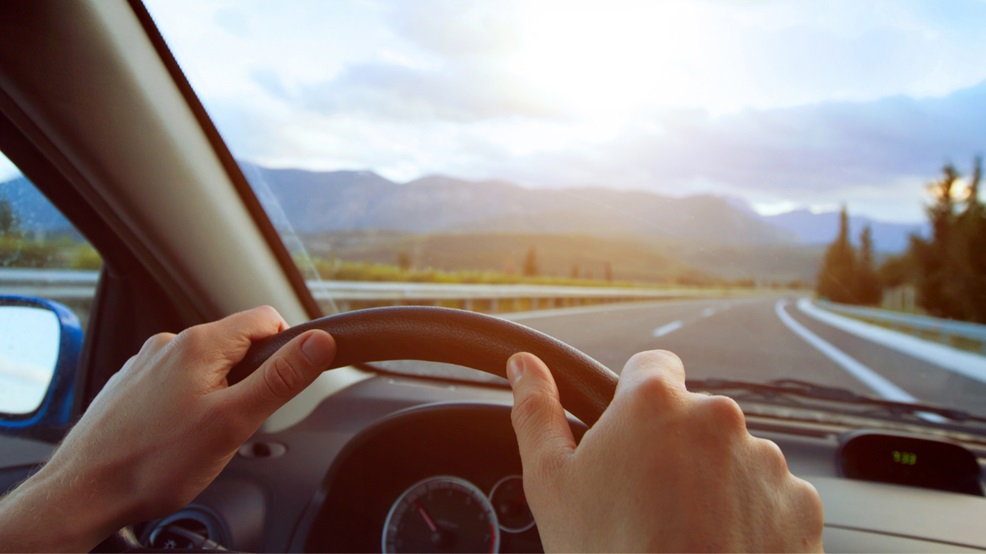If your brakes fail while you’re driving, it can be a frightening experience. But don’t panic! There are some things you can do to safely stop your car. And by following these steps, you can help prevent an accident and keep yourself and others safe. So, without further ado, here’s what you should do if your brakes fail while driving.
1. Always Have All the Tool You Need
If you’re a driver, it’s always important to have the right tools with you. That way, if something goes wrong while you’re on the road, you can fix it. From a flashlight to a first-aid kit, there are a few things you should always have in your car. But one of the most important things is a good set of brake line fitting assortment as this can help you fix a variety of brake-related issues. Remember that not all problems can be fixed with a simple set of tools. But having the right tools can help you get back on the road sooner and avoid a more serious accident.
2. Pump the Brakes
If your brakes fail, the first thing you should do is pump the brakes. This will help create more pressure on the brake fluid and may help your brakes work again. You should continue to pump the brakes until they start working or until you come to a stop. The important thing is to not panic and to keep pumping the brakes. If your brakes still don’t work after you’ve tried pumping them, then you can move on to the next step.
3. Use Your Emergency Brake
If your regular brakes aren’t working, you can try using your emergency brake. This is usually a lever that’s located near the top of your brake pedal. If you have an emergency brake, pull it up slowly and apply pressure to the brake pedal. This may help your brakes work again. But if it doesn’t, you’ll need to move on to the next step. Remember to go slowly when you’re using your emergency brake. If you apply too much pressure, it could cause your car to skid or spin out of control.
4. Shift Into a Lower Gear
If your brakes have failed and you’re still moving, you’ll need to shift into a lower gear. This will help slow your car down. For manual transmissions, you’ll need to push the clutch in and shift into a lower gear. If you have an automatic transmission, you can usually shift into “low” gear by moving the shifter into the “L” position. Once you’ve shifted into a lower gear, apply pressure to the brake pedal. This may help your brakes work again. If they don’t, you’ll need to keep moving until you can find a safe place to stop.
To Sum It Up
These are just a few of the things you can do if your brakes fail while driving. Remember to stay calm and follow these steps. If you can, find yourself a safe place to stop and call for help. With the right tools and knowledge, you can fix most brake problems. And by being prepared, you can help prevent an accident from happening.











